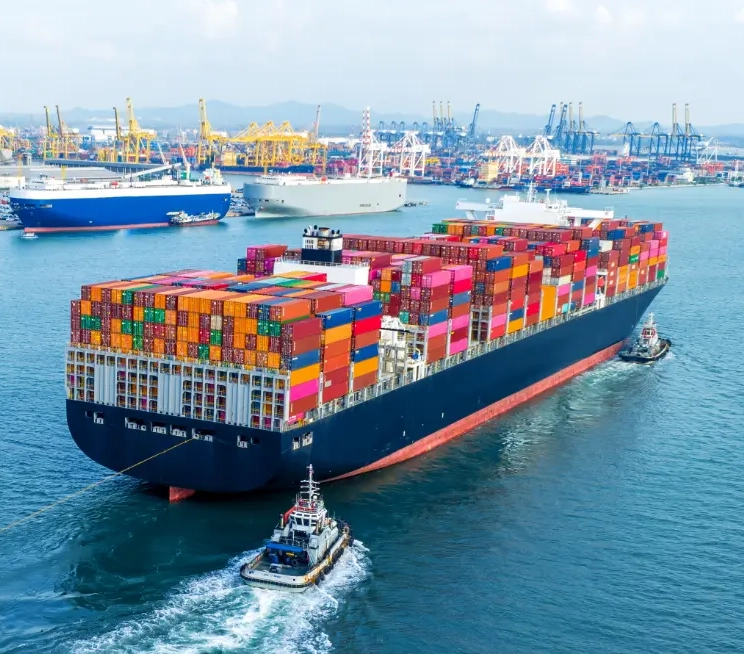In the bustling world of e-commerce, keeping profits high while managing costs can be tough. For sellers using Fulfillment by Amazon (FBA), having Amazon handle storage, packaging, and shipping is convenient, but controlling freight forwarding costs can be tricky.
What if you could reduce these costs without losing efficiency? Explore these six strategies to learn how you can save money on FBA freight forwarding and keep your business growing.

1. Consolidate Shipments:
Instead of sending out multiple shipments separately, combine them into one. This reduces freight expenses and the hassle of managing several shipments. Coordinate with your suppliers to batch orders together, allowing for larger volumes to be shipped at once.
2. Explore Freight Options:
Don’t settle for the first freight forwarding option you find. Research different carriers, shipping routes, and transportation modes to find the most cost-effective solution. Whether it’s ocean or air freight, thorough research can uncover savings opportunities.
3. Consider Sea Freight:
For shipments that aren’t time-sensitive, sea freight is often cheaper than air freight. Although it takes longer, it can save you money, especially for larger shipments or products with lower profit margins.
4. Optimize Packaging:
Efficient packaging can significantly reduce freight expenses. Bulky or oversized packaging takes up more space and costs more to ship. Streamline your packaging to fit your products, minimizing wasted space and lowering costs.
5. Track Expenses:
Keep a close eye on your freight forwarding expenses. Monitor shipping costs, carrier performance, and delivery times to find areas for improvement and cost-saving opportunities. Regularly analyze shipping data to refine your strategies and ensure efficiency.
6. Chose the right logistic channel
Stay adaptable, stay informed, and watch your savings grow as you optimize your FBA freight forwarding operations.
Ready to cut down on FBA freight forwarding costs and boost your profits? Start implementing these six powerful strategies today to save big on shipping without sacrificing efficiency.
At Eleevate Logistics, we help you streamline your operations and maximize your savings. Discover how you can optimize your freight forwarding costs and keep your business thriving—reach out to us now!


